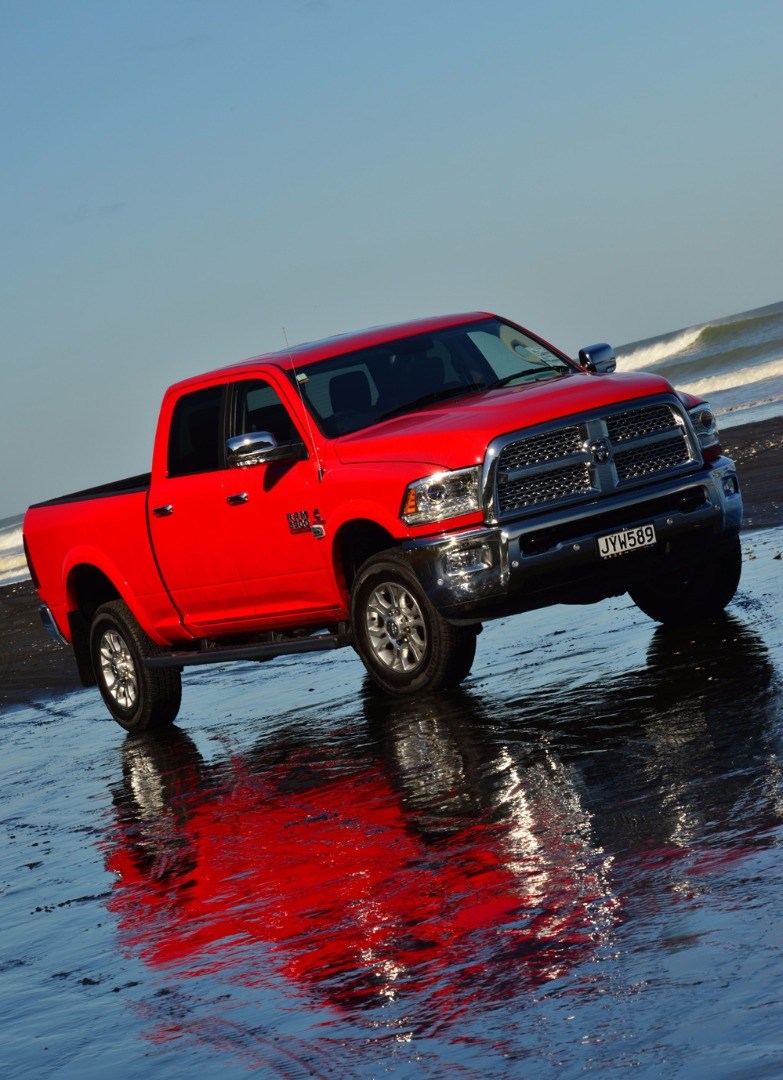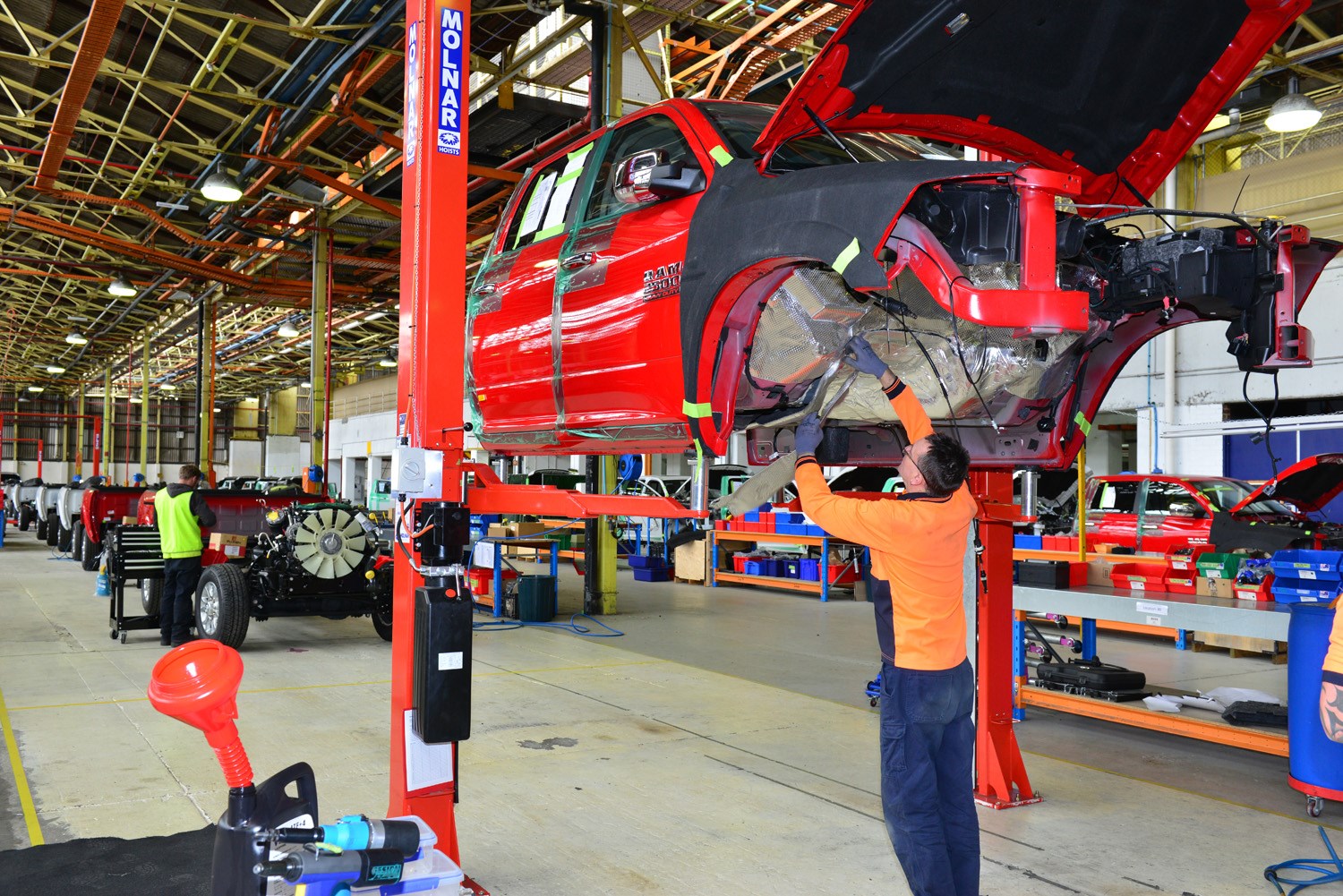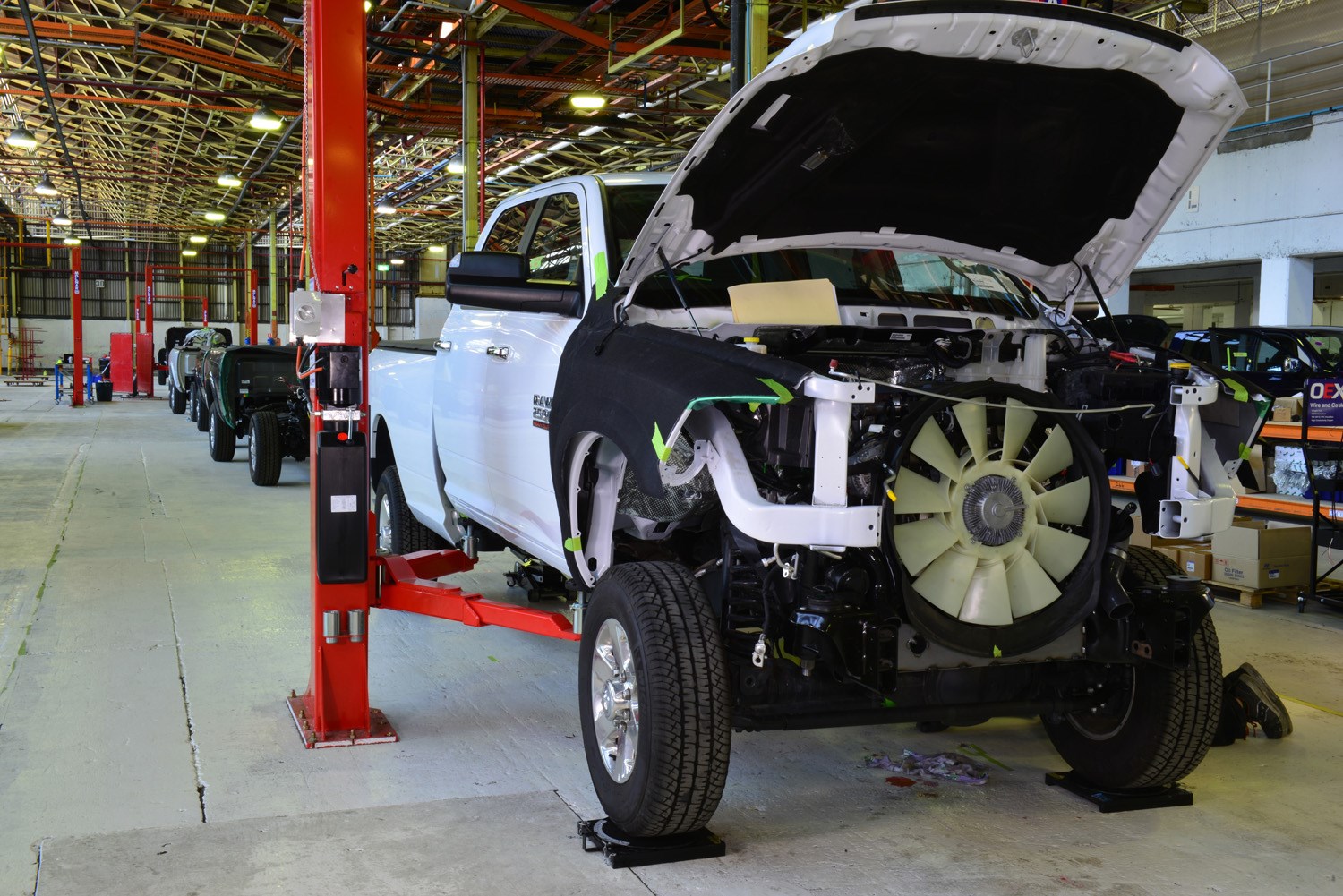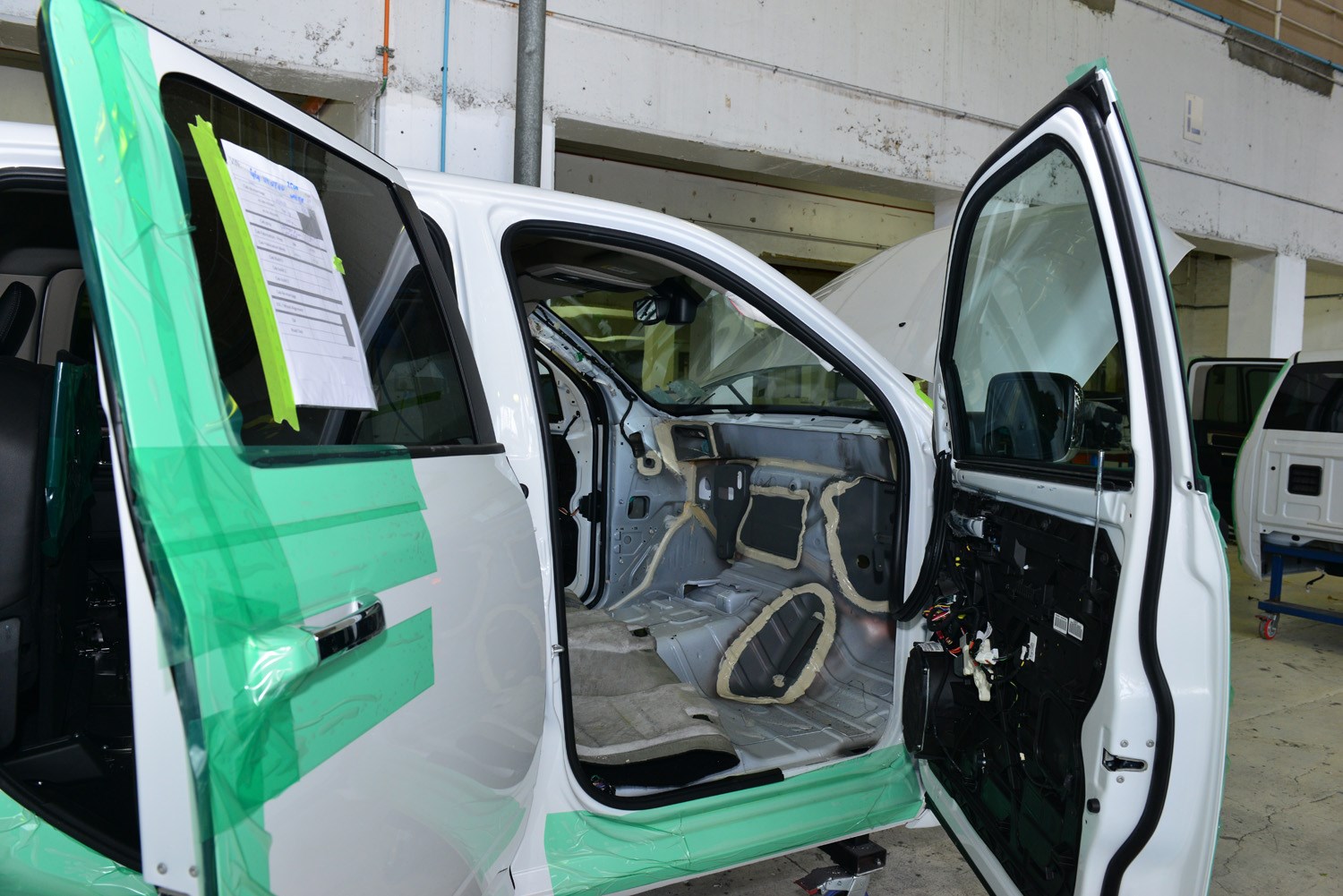The core vehicle was interrupted as less as possible
When Ateco decided to import the famous RAM large pickup trucks into Australasia it decided it was better to go big, so, rather than convert the utes, it has set up a factory to remanufacture the products.
Ateco approached parent company Fiat Chrysler USA in 2013 with the idea of importing the left-hand-drive RAM trucks Downunder.
Ateco set up American Special Vehicles (ASV) in collaboration with Melbourne company Walkinshaw, which has been involved with HSV manufacturing for 30 years.

Two truck models, the 2500 and 3500, are imported directly from RAM’s Mexico factory to the ASV plant, with Australia the first country outside North America where the trucks are officially exported to.
The new right-hand-drive trucks must meet the Australian full volume compliance rules, that all car manufacturers have to meet to sell volume cars in Australia.
The versions are powered by a 6.7-litre turbo-diesel engine, boasting 1084Nm of torque, and are equipped with the Laramie trim and equipment package.
The RAM 2500 has a towing capacity of up to 6989kg and a payload of 913kg; the RAM 3500 has a towing capacity of 6170kg and a payload of 1713kg.
The RAM 2500 Laramie is priced from $163,000 plus on-road costs and the RAM 3500 Laramie from $169,500. RAM trucks are backed by a three-year/100,000km warranty with roadside assistance.

The RAMs have six-speed automatic transmission, which includes driver-adaptive shifting and three multiple clutch packs, dual filters on a dual stage pump and an independent lubrication cooler that delivers pressures under all loads and driving conditions.
RAM trucks are also big on safety and security and have advanced, multi-stage front airbags, front and rear seat curtain airbags, electronic stability control, rear park assist and rear view camera, an eye-level brake light with cargo camera, a tyre pressure monitoring system and remote keyless entry.
Standard equipment in the cabin includes heated and ventilated front leather seats, a 12V power outlet, a 240V 100 amp mains power socket, adjustable foot pedals, a sunroof, and nine-speaker audio system with a subwoofer.
The dash has the same infotainment system as the Jeep Grand Cherokee and there are two rear cameras, one for the cargo area and another for reversing.

The RAM trucks went on sale in Australia in November and officially launched in New Zealand at Fieldays, with 13 dealers from Whangarei to Dunedin.
So far 15 RAM trucks have sold in New Zealand and 200 in Australia. Ninety per cent of the products registered are the 2500.
With Australian car manufacturing in decline — Ford’s factory has just shut and Holden and Toyota are to follow — ASV is now that country’s third largest vehicle manufacturer.
While the decline of Australian manufacturing is detrimental, ASV was able to use former staff, suppliers and equipment from subsidiaries.
Situated in an old Nissan factory next door to the HSV plant, the 6000sq m area has been re-engineered to cope with more than 1200 RAMs a year, but works on two a day at present.
ASV’s joint chief operating officer, John DiBerardino, said the core vehicle was “interrupted as less as possible”.
“Where it’s visually important, we have spent the money — but where it’s not, then it’s not worth the investment.”
There are three production lines, two working on the chassis. Once the trucks arrive, the cabs are separated from the rolling chassis, fluids are drained, the firewall is changed over, and components are either flipped or re-fitted.
The 2500 and 3500 RAMs have 400 unique parts, from ties to steering boxes, headlights and mirrors.
The company had to create a new dash, costing A$1.3 million to design, and used the Socobell group that produced the Camry dash for Toyota Australia.
While two lines work on the chassis, the third line assembles the cabin, including that new Australia-made dash, and swapping over the two front seats.

A noticeable change to the cabin is the driver footwell that was too small in the left-hand-drive passenger mode because of the rounded design of the firewall, rather than a narrow middle console, that intruded into the space. So ASV streamlined the area, creating enough space for the pedals.
Another ASV special was having the steering arms tested through 100,000 cycles with three-tonnes of force (equivalent to 20 years driving, says the company).
The cabin and chassis are then reunited and taken for a test around the grounds of the factory, checking especially for any electronic faults.
DiBerardino said so far no major faults have been found during the test.
“We’ve just had to tweak wheel alignment, it’s important that from the start the electronics are correct so we don’t have to pull the dash apart.”
In Australia the 3500 is recognised as a truck, so must stop at every weigh station and has a 90km/h speed limit on freeways. But Ateco has already found a market for this model, with the New South Wales police force replacing six utes with two 3500s, that have room for six passengers in the cabin and can tow an eight-horse trailer.
Queensland emergency services has purchased six to tow trailers with equipment while the 2500 has found favour with Australia’s “grey nomad” customers who tour around the country with large caravans.
Horse owners are also expected to favour the 2500, in Australia and New Zealand.
What will be interesting is the prospective market for RAM’s right-hand-drive vehicles. There’s the potential to sell in India, South Africa, the UK and even Afghanistan.
There will also be interest from RAM USA on the RHD project; not just how well its products are re-manufactured but also how a couple of touches, such as the front passenger footwell, have improved the products.




